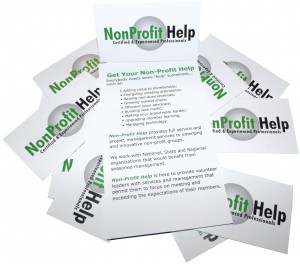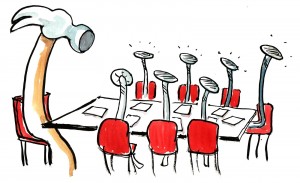I remember the email clearly from last year. “When we surveyed the membership, many of you said you wanted a special dinner the night before the trade show. But only 13 members have signed up. If your association does not get more registrations, we will have to cancel this event and take a financial loss.”
As I read that, I thought to myself, “How dare an organization lecture me like that. My member dues pay your salary.” I would never send my members such a note, I thought.
This spring, a missive arrived from another group to which I belong. This one read, “This special leadership weekend was designed with members with you in mind. If you don’t sign up now, we will have take a chance that this kind of programming won’t be offered again.”
That raised my ire with me thinking, why would any organization threaten its members with the lack of benefits to motivate them? Certainly one would not catch me doing that with my non-profits.
Generating support for a lobby fly in to Washington, DC, I wrote to association members touting the benefits of face to face meetings with their representatives. I ended my plea with the words, “If you don’t help out, you can’t complain about what the Federal Government is doing to you!”
WOW! Now there was a threat that would really motivate them. As satisfying as it was to lecture my members, I had done the very same thing that I had objected to when it was directed to me as a member. Clearly, I was not paying attention to what kind of reaction threatening gets when attempting to get positive action.
This is a good reminder that it easy to fall into the trap of pushing the negative rather than working to see it from the members’ point of view. Instead of thinking that going to the DC was the only way to influence public policy, I should of looked for ways to get members to visit their legislators closer to home, or by writing emails or making telephone calls.
Bottom line: If you want to motivate members, use the positive.












